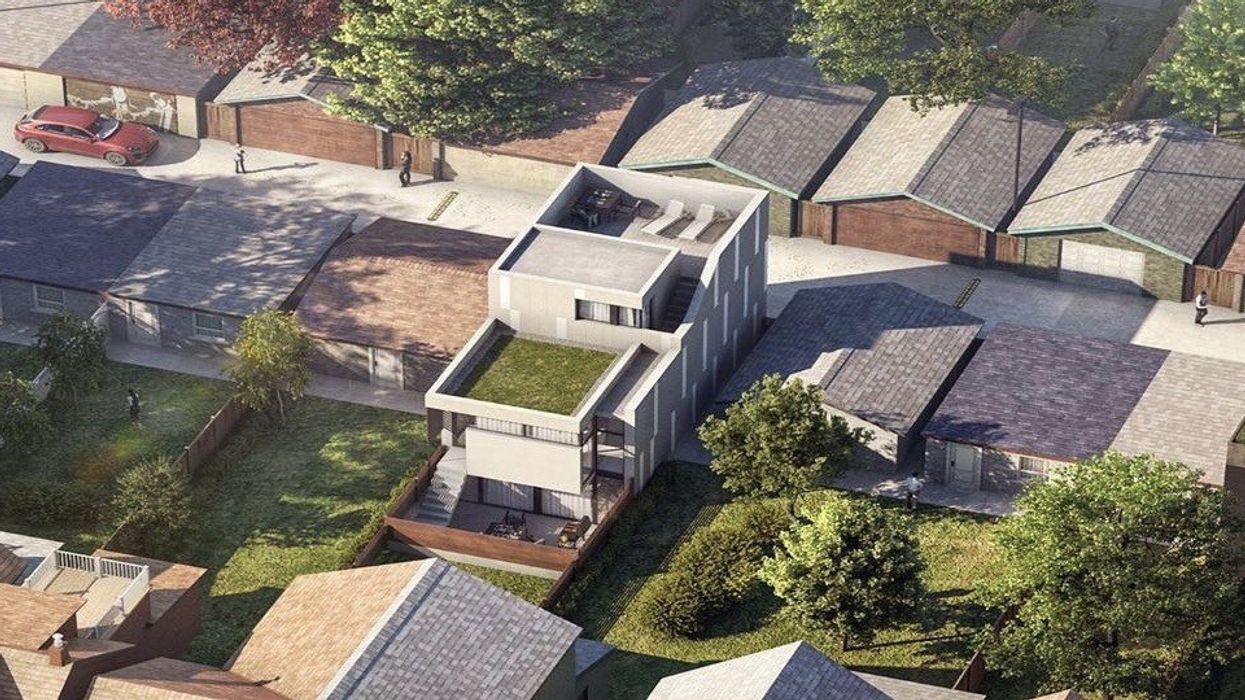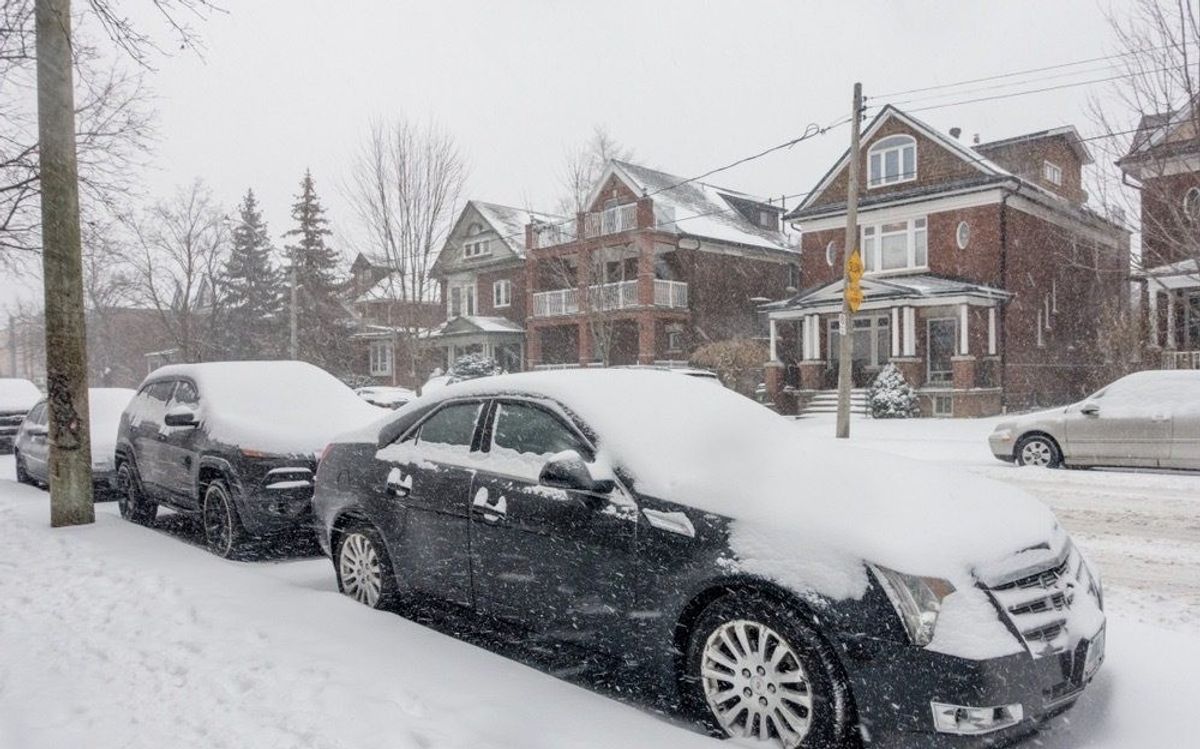Laneway housing has only been legal in Toronto since 2018 but it’s already touted as a way to offset the city’s mounting affordability issues.
However, there’s a catch: good luck finding one.
“There isn’t a huge supply out there because it is fairly new but as time goes on more of these will be coming onto the market,” said Daniel Johanis, Owner of Pekoe Mortgages. “Laneway units help with mortgages too because that income can be used to offset the carrying costs of the house. If there’s an existing duplex, or there’s a single-family detached on the property, the basement and laneway unit can be used as rental income, so it’s like owning a triplex.”
Buyers Are On the Hunt for Already-Built Options
Johanis presently has three clients searching for houses in Toronto that have built-in laneway housing. One of his clients came close to securing a house on Danforth Avenue that has the ability to produce $55,000 in annual rental income. The laneway unit’s interior is enough to command a pretty penny.
"The rental income would carry a million-dollar mortgage in today’s market, in addition to a primary source of income,” Johanis said, adding that banks would only recognize a portion of the rental income. “But that’s $4,500 a month of rental income that would easily carry payments on a million-dollar mortgage.”
The average price of a detached house in the City of Toronto was $2,073,989 in February, and $1,727,963 in the 905 regions. A semi-detached house in the 416 cost $1,499,489 last month, while the same house averaged $1,282,386 in the suburbs. A townhouse in Toronto proper was still $1,131,809 last month, and marginally less in the 905 at $1,119,026.
It’s no wonder, then, that Johanis's clients are looking specifically for income-producing units to countervail their monthly mortgage payments.
Community Pushback Remains a Challenge
Garden suites, which have the potential to become plenteous and provide precious new housing, were poised to follow in the success of laneway housing, with Toronto City Council passing a bylaw early last month that permits residents to build them. However, City Council’s decision drew the ire of homeowner associations, which subsequently launched a coalition called Building Better Neighbourhoods that has appealed the bylaw.
But with the June 2 provincial election on the horizon, Jason Mercer, Chief Market Analyst at the Toronto Regional Real Estate Board, says COVID-19 is the only issue that might get more attention than housing affordability. Even then, he anticipates housing will be front and centre.
READ: Ontario Affordability Task Force Proposal Goes After Zoning, NIMBYs, and Red Tape
Mercer added that Ontario’s municipal election is this autumn, and that the time is nigh to resist fastidious NIMBY groups.
“Eventually, there is going to need to be pushback and I think that pushback could potentially come from two sources, both at the municipal level and the provincial level. It’s those levels of government where the rubber hits the road, so to speak, in terms of legislation related to housing,” Mercer told STOREYS.
“We’re looking down the barrel at the provincial and municipal elections this year and I think, over and above recovery from COVID-19, housing is going to be the key issue, so it will be important to hear what individuals’ and parties’ lines are regarding what they’re going to do to bring on more housing. Part of that is how will they bring on more innovative housing types in existing neighbourhoods that have ‘traditional’ housing?”
Like laneway housing, garden suites are an exceptional way to augment income and reduce the strain of weighty mortgage payments, but they’re also an ideal, if relatively inexpensive, type of missing middle housing, which has long been promoted as one of the ways the Toronto region can solve its housing scarcity problem.
“From my perspective, any time you see an innovative housing type proposed into a neighbourhood, you find resistance, but certainly over the long term you expect to see it get embraced because it provides a little more diversity, in terms of the neighbourhood fabric, and, quite frankly, the ability to have a secondary suite may provide extra value associated with that property,” Mercer said.
“We’re in a period where laneway housing and garden suites are still in their infancies, but they still have roles to play in the greater diversity of homes in neighbourhoods throughout the city.”
Johanis says laneway housing, perhaps because of its nascency, is usually pleasing to the eye and adds curb appeal. Beyond that, and more importantly, he added, laneway housing, along with garden suites, succour affordability for young, growing families.
“Some of these clients are essentially stepping out of condos, or generally smaller footprints, and into larger properties that they can’t quite afford yet, but that they can utilize to produce rental income until they become affordable,” he said. “These homes are also good as young families grow because maybe the parents, anticipating the kids might want more space as they get older, can move them into the other unit. Or the laneway unit can be used to house the in-laws.”





















